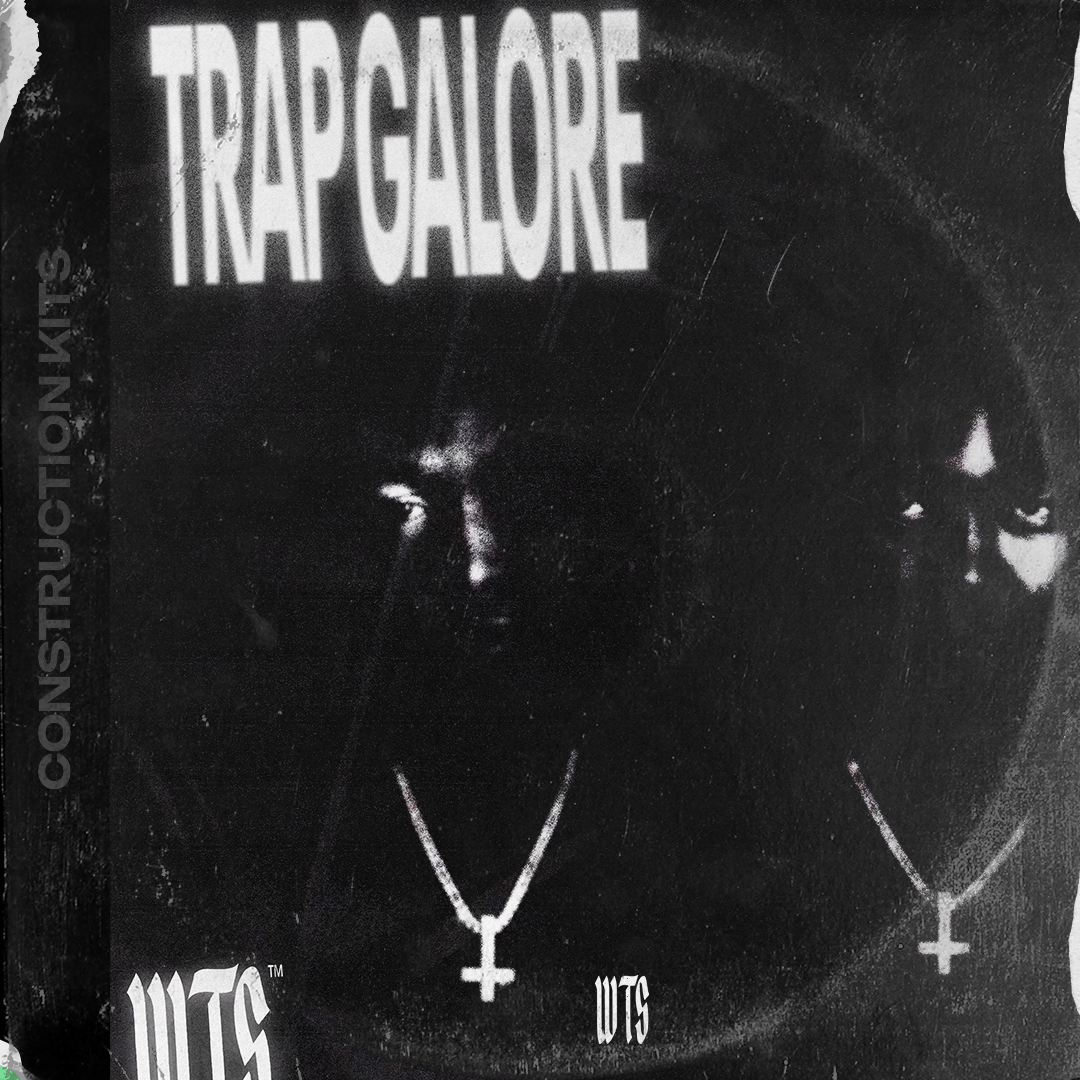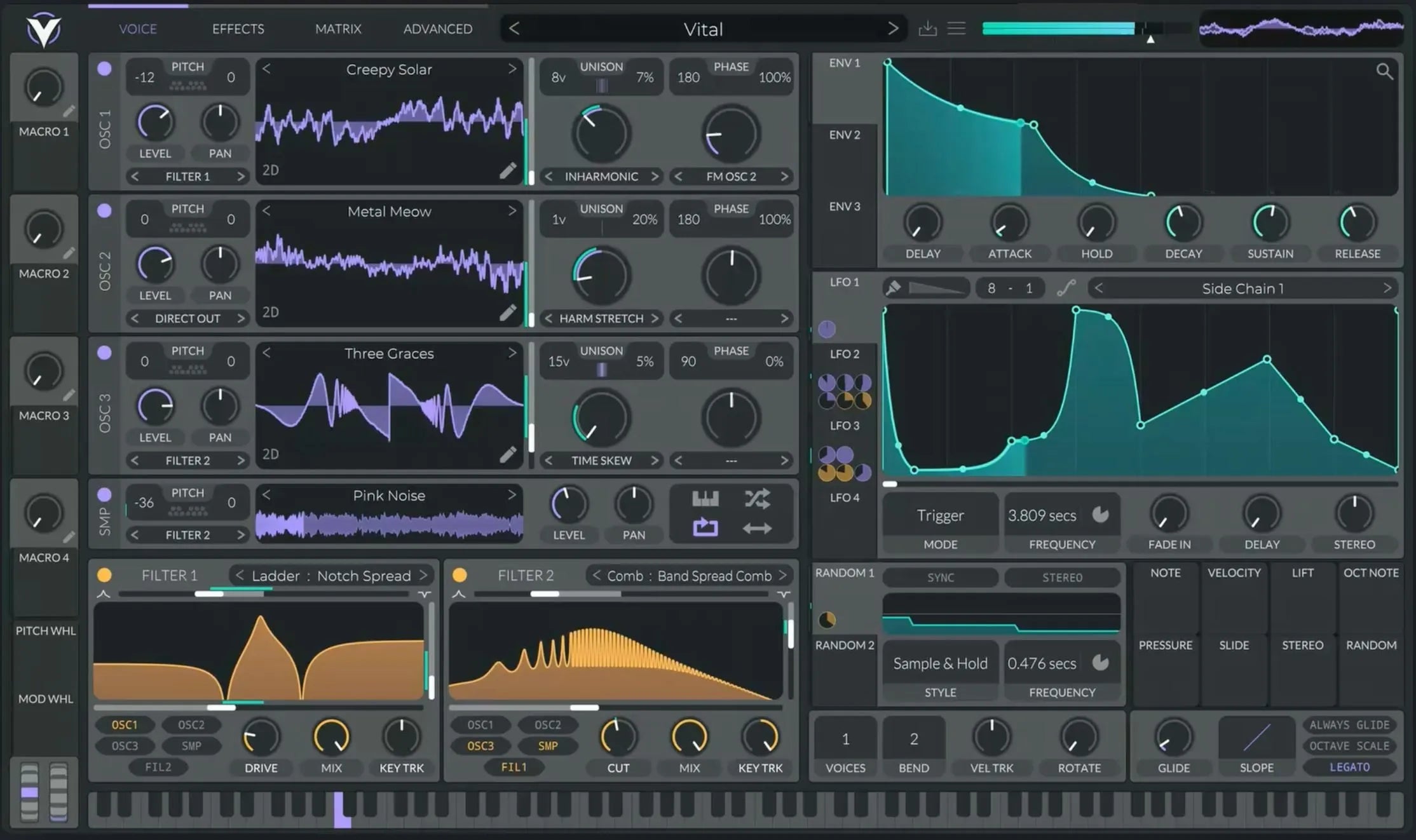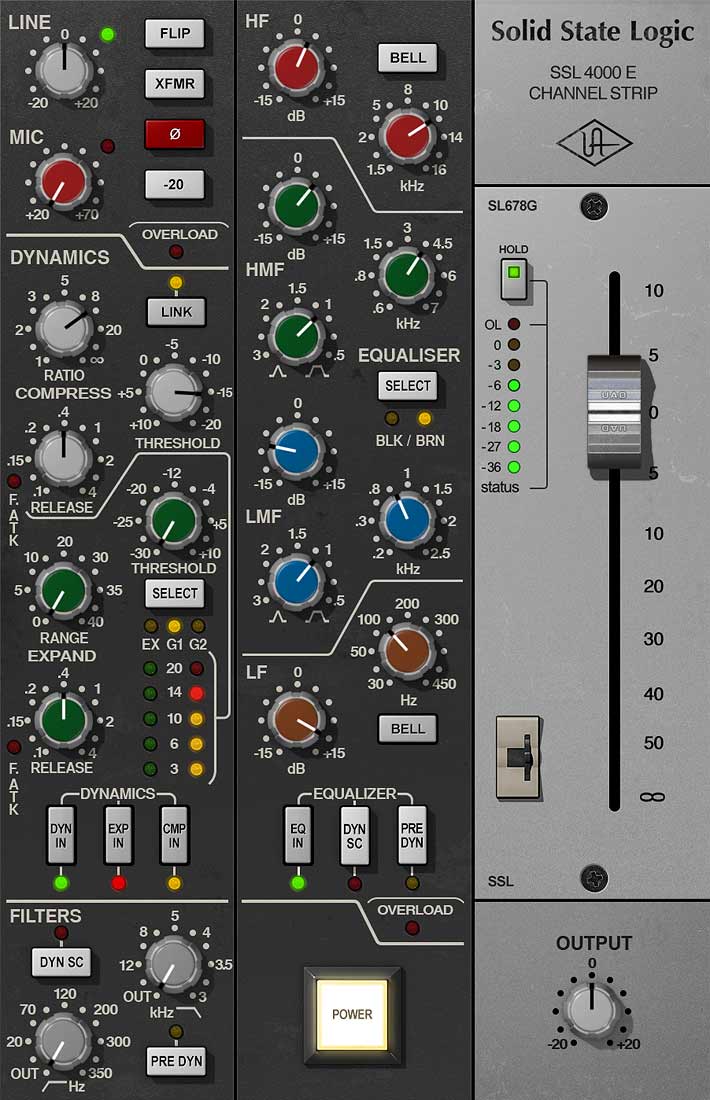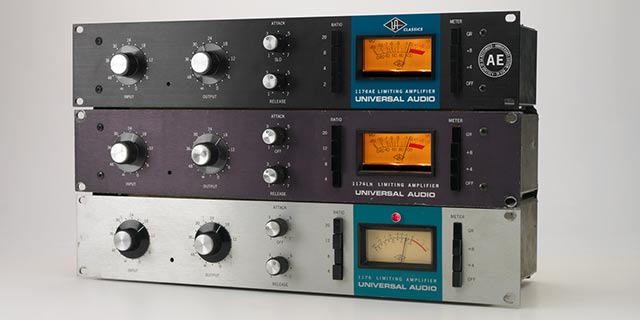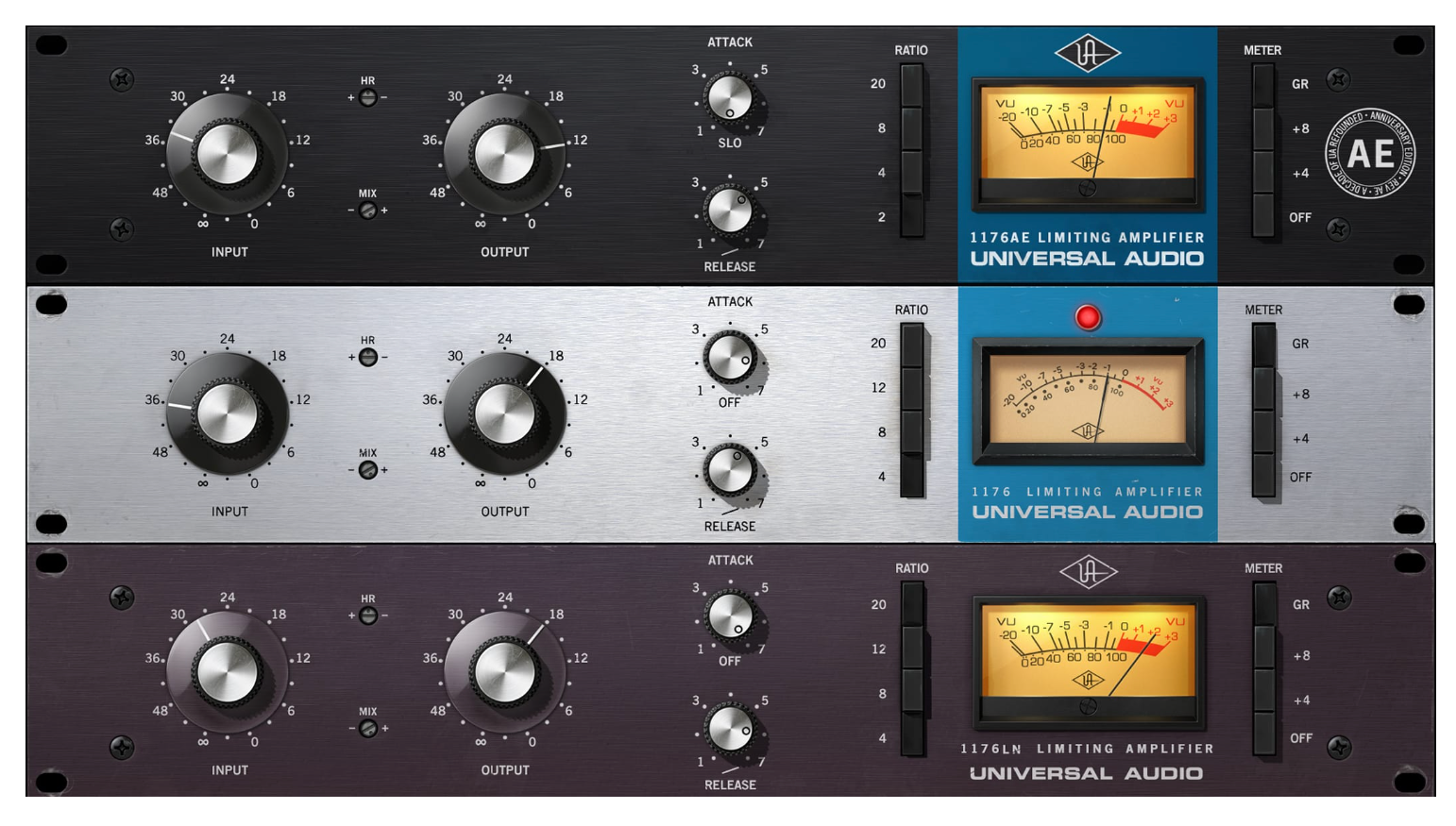
Kick Drum Power: The Ultimate UAD 1176 Guide
the year is 2025. Your DAW is humming, your samples are crisp, but your kick drum… it’s just not there. It lacks the punch, the weight, the authority to drive your track. Fear not, future producer! Because even in this advanced sonic landscape, one plugin remains a cornerstone of killer kick drum sounds: the legendary 1176.
Yes, you heard right. This iconic FET compressor, meticulously emulated in the UAD 1176 Collection (click to explore!), is as relevant as ever for sculpting powerful and impactful kick drums. Forget fleeting trends – the principles of great compression endure, and the 1176 offers a unique sonic character that continues to dominate modern mixes.
This isn't your grandpa's compression tutorial. We're diving deep into the latest and most effective techniques for using the 1176 on your kick in 2025. Get ready to unlock the full potential of this beast and make your kick drums truly thump.
Why the 1176 Still Reigns Supreme for Kicks in 2025
Even with countless compressor plugins available, the 1176 retains its magic for several key reasons:
-
Aggressive Character: The 1176 doesn't just compress; it imparts a distinct sonic signature. It can add grit, punch, and a certain "hair" that other compressors struggle to replicate. This aggression is perfect for bringing a kick drum to the forefront.
-
Ultra-Fast Attack Times: Crucial for taming those initial transients and shaping the attack of your kick. The 1176's lightning-fast attack allows you to control the initial "click" or "thud" with incredible precision.
-
Unique Distortion Characteristics: When pushed, the 1176 can introduce pleasing harmonic distortion that adds weight and character to your kick without sounding overly digital or harsh.
-
"All Buttons In" Mode: This legendary setting (also known as "British Mode") offers a unique and often unpredictable compression curve, perfect for adding serious attitude and energy to your kick.
-
UAD Emulation Excellence: The UAD 1176 Collection (seriously, check it out!) is widely regarded as one of the most accurate and sonically pleasing emulations available. It captures the nuances and character of the original hardware flawlessly.
Modern Kick Drum Mixing Techniques with the UAD 1176
Let's get into the nitty-gritty. Here are some of the most effective techniques you'll be using in 2025 to sculpt killer kick drums with the 1176:
1. The Classic Squish: Taming the Peaks and Adding Punch
This is a foundational technique for any genre. The goal is to reduce the dynamic range of the kick, making it more consistent and adding impactful punch.
-
Ratio: Start with a moderate ratio like 4:1 or 8:1.
-
Attack: Experiment with medium-fast attack times (around 2-4 on the UAD plugin). This will let some of the initial transient through while still controlling the overall level.
-
Release: Adjust the release time to rhythmically pump with the tempo of your track. A good starting point is to aim for the gain reduction to return to zero just before the next kick drum hit.
-
Input/Output: Drive the input to achieve the desired amount of gain reduction (aim for 3-6dB initially). Adjust the output to compensate for the level change.
2. Transient Shaping: Emphasizing the Attack
For kicks that need more snap and definition, focus on shaping the initial transient.
-
Ratio: Higher ratios like 8:1 or even 12:1 can work well here.
-
Attack: Use a fast attack time (setting 7 on the UAD). This will clamp down hard on the initial transient, shortening it and making the subsequent body of the kick more pronounced.
-
Release: A medium release will help the compressor recover before the next hit.
-
Experiment: Subtle adjustments to the attack time can drastically change the feel of your kick.
3. Adding Body and Weight: Letting the Tail Breathe
If your kick lacks sustain and weight, try this approach:
-
Ratio: Lower ratios like 4:1 or even 2:1 are often ideal.
-
Attack: Use a slower attack time (around 5-6 on the UAD). This allows the initial transient to pass through relatively untouched, preserving its impact.
-
Release: A longer release time will allow the compression to hold onto the signal for longer, adding sustain and weight to the body of the kick. Experiment with syncing the release to the tempo.
-
Subtle is Key: Aim for less aggressive gain reduction here, focusing on adding subtle thickness.
4. The "All Buttons In" (British Mode) Magic
This is where the 1176 truly shines. Engage all four ratio buttons simultaneously for a unique compression curve that can add serious attitude and aggression.
-
Experimentation is Crucial: The "All Buttons In" mode is less predictable and highly dependent on the input signal. Start with moderate input gain and listen carefully to how it's affecting your kick.
-
Taming the Beast: This mode can be quite aggressive, so be prepared to adjust the input and output levels carefully.
-
Genre Bender: This technique is fantastic for rock, electronic music, and any genre where you want a powerful and in-your-face kick drum.
5. Parallel Compression: The Best of Both Worlds
In 2025, parallel compression is a staple technique. Blend an aggressively compressed version of your kick with the original, uncompressed signal.
-
Create a Send: Send your kick drum signal to an aux track.
-
Heavy Compression: On the aux track, insert your UAD 1176 (seriously, grab it!). Use aggressive settings – high ratio, fast attack, and medium release – to really squash the signal. Don't be afraid to experiment with "All Buttons In" here!
-
Blend Carefully: Bring up the level of the compressed aux track slowly, blending it with the original kick until you achieve the desired amount of punch and weight. This allows you to retain the natural dynamics of the original kick while adding the aggressive character of the compressed signal.
6. Sidechaining for Groove and Separation
While traditionally used with the bassline, sidechaining the kick drum with other elements can create rhythmic movement and separation in your mix.
-
Sidechain Input: Set up the UAD 1176 on a different instrument (like a synth or bassline).
-
Trigger from the Kick: Set the sidechain input of the 1176 to your kick drum signal.
-
Rhythmic Ducking: When the kick hits, the 1176 will briefly reduce the gain of the other instrument, creating space for the kick to punch through. Experiment with attack and release times to fine-tune the rhythmic effect.
Beyond the Knobs: Essential Tips for 2025 Kick Drum Mixing
-
Start with a Great Sound Source: No amount of compression can fix a poorly recorded or sampled kick drum. Ensure your initial sound is solid.
-
Gain Staging is Key: Proper gain staging before your compressor is crucial for optimal performance.
-
Listen in Context: Always evaluate your kick drum sound within the context of the entire mix.
-
Use Your Ears: Don't rely solely on your eyes or presets. Trust your ears and experiment to find what sounds best for your track.
-
Subtle Adjustments Matter: Small tweaks to the attack and release times can make a big difference.
-
Don't Be Afraid to Break the Rules: These are guidelines, not rigid laws. Experiment and find your own unique sound.
The UAD Advantage: Why the Emulation Matters
While there are many 1176 emulations out there, the UAD 1176 Collection stands out for its meticulous attention to detail. It captures the non-linearities and harmonic complexities of the original hardware, giving you a truly authentic and inspiring sonic experience. The different revisions included in the collection offer subtle variations in character, allowing you to choose the perfect flavor for your kick.
Conclusion: Your Kick Drum Revolution Starts Now
In 2025, the quest for the perfect kick drum continues. By mastering the techniques outlined above and harnessing the power of the UAD 1176 Collection, you'll be well-equipped to create kick drums that are powerful, impactful, and truly drive your tracks. So dive in, experiment, and unleash the sonic fury of the 1176 on your future productions!




